Hello everyone, here is what I was waiting for some time, one retro with LEGO® in first hand. If you want my resume in one phrase, here is: “It was a FANTASTIC retrospective”.
First of all I was looking something funny to do with the team. Something where we could learn the great work we are able to do if we work together. Something where, as scrum master, allow me to show the team the importance of be creative, spontaneous, and simple. After some reading, I started to think that LEGO® games could help with that. I started to search for games and I realized that there is not a lot of documented LEGO® games.
At the end, I really like one of the games from tastycupcakes with a very small adaptation, and the result was more of what I was expected. This post is to share my retrospective experience with you.
The rules of the game:
- Team needs to come up with one personage, it could be a very known personage, it could be a cartoon or a film personage.
- Team needs to come up with an object and a color.
- Team will run 3 sprints, 12 minutes each one (consisting of: 2 min plan + 7 min build + 3 min review)
- For a team of 3 people, in this retrospective, I decided to ask for 4 scenes, they needed to be sure that the history had one start, one end, and the history needed to be based in the story goal
Retrospective ‘s “Definition of Done” (DoD):
- The team need to add one action at least in each scene
- One picture per scene
The team’s personage was in this case “Homer Simpson”, the object was an “table”, and the color was “blue”. The first sprint run and people start to plan, create and present. After the pictures, the Product Owner – PO (I play that role) started to listen the history, very fun and creative.
- Sprint #1 goal: “Homer Simpson and the blue table”.
For the second sprint, I added the first surprise, one place. Since “Homer Simpson” was the personage, I selected “Moe’s Tavern” and the second sprint was launched.
- Sprint #2 goal: add “Moe’s tavern” story to one scene. Adapt the history keeping in mind the goal of the first sprint (“Homer Simpson and the blue table”).
Some re-factoring, discussion and creativity and the second sprint was done, picture and history review were at the place.
Last sprint and one surprise more, I added one personage more to the history, it was “Ned Flanders”.
- Sprint #3 goal: Add the new personage to each scene and review the full and final history.
After 12 min the team took the last picture and they present the final work to the Product Owner and end of the game. A lot of fun, creativity, discussion and LEGO®. I really enjoyed the full game, but the best part of the game has been our 15/20 min of talk about what the team learn from this activity. Here the full list we discussed in the order the team came up with each one:
- Team work
- Adaptation
- Plan
- Communication
- Knowledge of the product
- Motivation
- Imagination
- Originality
- Fun
- Creativity
I don’t need to say the wonderful kind of talk we got in the last 20 min. It was fantastic, I never think about this kind of results, but I really like it. looking forward to repeat it sooner or later.
More pictures and video (in French) are available here This is a post that was published on my blog. You may also watch a short video segment from this session on Vimeo.
Please feel free to share your experience or send me any comment or feedback.
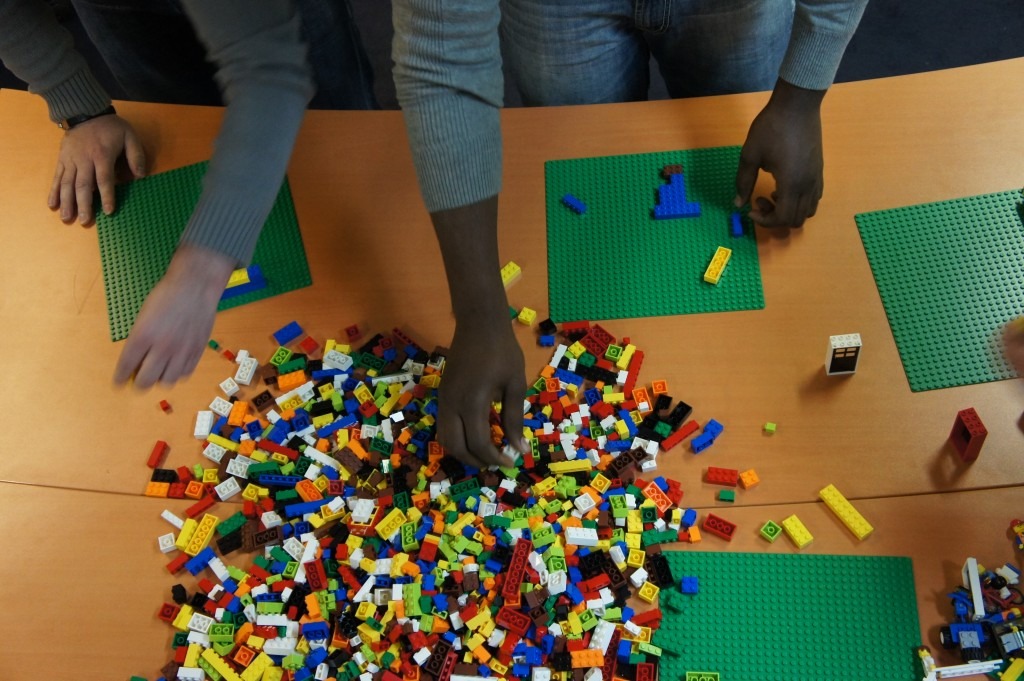
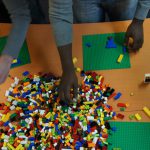
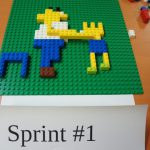
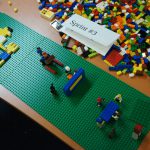
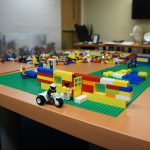
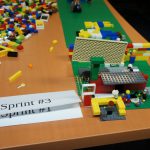





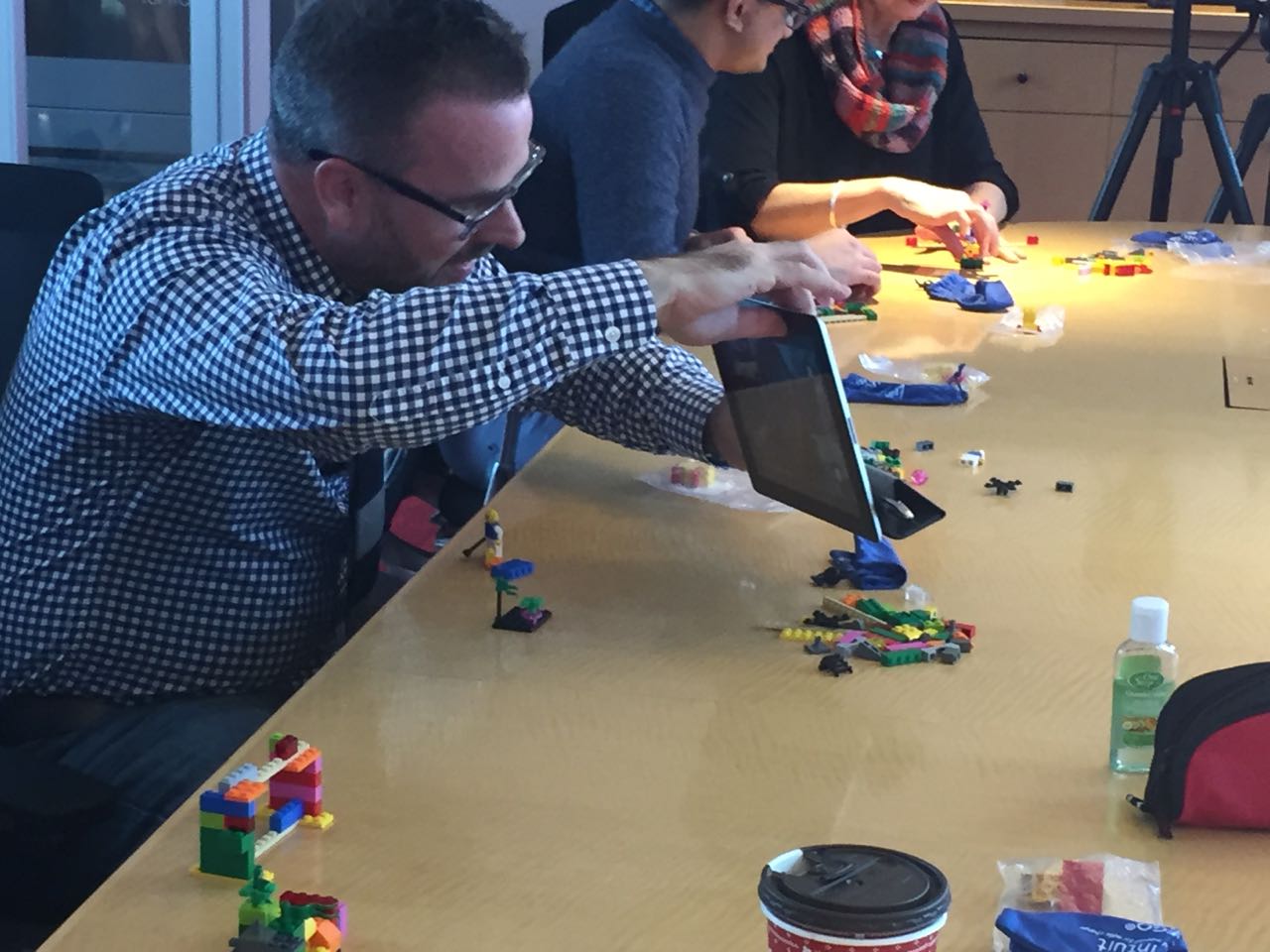


 Become a LEGO Serious Play facilitator - check one of the upcoming training events!
Become a LEGO Serious Play facilitator - check one of the upcoming training events!